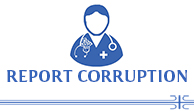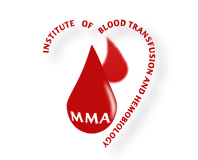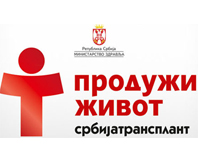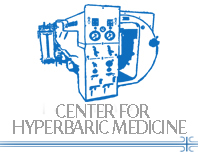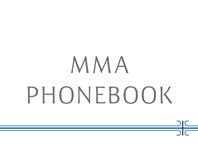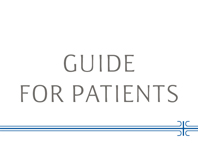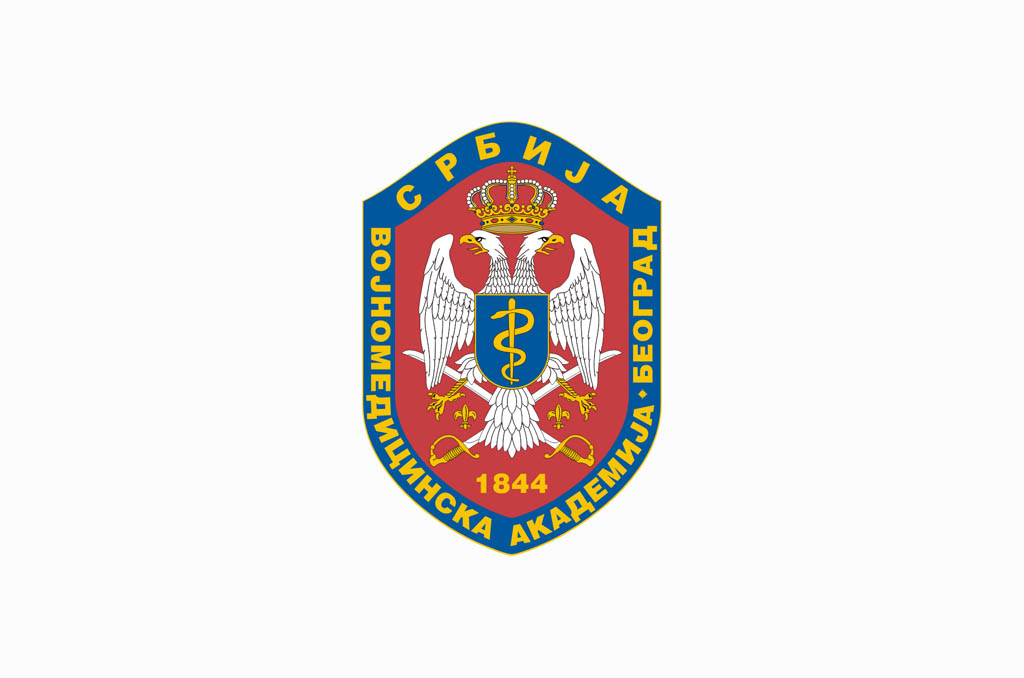
Disinfectants
25. 03. 2020
The National Poison control Center at the Military Medical Academy (NCKT VMA) has significantly increased the number of consultative calls from both citizens and healthcare professionals regarding primarily accidental exposure (ingestion, inhalation) to disinfectants, predominantly Asepsol (benzalkonium chloride).
Due to the current epidemiological situation, it is well known that large quantities of this type of chemicals are being purchased and introduced into households, as well as ethyl alcohol based preparations. The presence of a wide variety of cleaning products in homes should also be kept in mind.
From these consultative calls, it is clear that the most important cause of accidental exposure to these chemicals is their pouring into various forms of unoriginal and unmarked packaging and the non-implementation of other precautions in terms of storage, use as directed and use of basic protective equipment.
Appeal to Citizenship:
1. When purchasing any preparation that you will use to disinfect your skin (hands) and surfaces, consult your pharmacist to determine if the concentration is precisely that is necessary and sufficient for these two basic purposes. In case that the concentration of the chemical you have obtained is higher, it is generally a matter for non-household use, consult if it is possible and how to dilute it for proper use.
2. Keep all cleaning products, including those recently purchased for disinfection, out of the reach of small children, preferably locked. Read the package leaflet before use. The room in which the chemical is being applied must be constantly ventilated and children and pets should be removed from the room during use. Wear protective gloves and goggles, if possible, and disinfect skin on hands after removing gloves.
3. Do not pour the preparation in liquid form from the original to the unoriginal packaging (different bottles, especially the glasses) and, if you already do so, label them with labels or waterproof markers on plastic bottles.
4. Never mix two different preparations. In the case of "Asepsol" and alcohol-based preparations, which are currently most prevalent, apply them separately and alternately. This is especially true for mixing benzalkonium chloride ("Asepsol" or a preparation of another factory name of this compound) with chlorine-based preparations (hydrochloric acid, sodium hypochlorite, eg "Varikina", etc.) as this may create substances that are significantly more toxic to your respiratory system, and under certain circumstances of high concentrations, temperatures, and others, can even be explosive.
5. If, however, unwanted exposure occurs, by inhalation, it is necessary to leave the room; in case of direct contact - rinse skin and eyes repeatedly with water only. After swallowing the chemical, never induce vomiting or force the person to drink any liquids including milk, baking soda solution and the like. The consequences of these procedures can be very compromising on the outcome of poisoning, especially in children.
Call the MMA National Poison Control Center on (011 3608 440), the Emergency Room (194), or the Military Emergency Medical Service (1976).

